(QBĐT) - For a long time, historical books about the mountains and rivers of Quang Binh have mentioned Hoanh Son mountain, also known as Ngang pass, the mountain that divides the border of Quang Binh province in the North and Nghe An province in the past, now Ha Tinh province.
There is a place name that has long been associated with the early history of Quang Binh land, which is the Hoanh Son range. Throughout history, the Hoanh Son range was a frontier area, always experiencing wars and conflicts to compete for territory between dynasties. The remaining vestige on the Hoanh Son range is the Hoanh Son citadel (Lam Ap abandoned citadel).
Historical documents do not mention much about the Hoanh Son range. It was not until 1555, when writing O Chau Can Luc, that Duong Van An described this famous mountain in detail. “In Bo Chinh district, near Tieu Son village, adjacent to the Nghe An border. The mountain range in the ancestral mountain leads to it, with the shape of a coiled dragon and a sitting tiger, high hills blocking it, stretching out to the sea, with vertical walls of tens of thousands of meters, like a great wall blocking the southern region”[1].
The book Phu bien tap luc by Le Quy Don written in 1776 recorded "Hoanh Son mountain in Bo Chinh district, near Son Tieu commune bordering Nghe An, from afar it is deep and deep, reaching the undulating mountain range stretching to the sea like the Great Wall" [2]. The book Kham dinh Viet su thong giam cuong muc recorded "To the south it borders Binh Chanh district of Quang Binh, to the north it borders Ky Anh district of Nghe An" [3].
The book Dai Nam Nhat Thong Chi describes in detail the name of the Hoanh Son range: “42 miles northeast of Binh Chinh district, bordering Ky Anh district, Ha Tinh province. A mountain range stretches across, from Giang Man mountain (Khai Truong Son), endlessly, with high and low hills and plains, bordering the East Sea, looking like a long Great Wall, a dangerous place between the North and the South”[4]. The book Dong Khanh Dia Du Chi writes: “To the northeast of the capital, the mountains are undulating, overlapping, running out to the sea. The northern half of the mountain belongs to Ha Tinh, on the mountainside there is a border gate. On the border gate, there is a stele house, engraved with the king's royal poems”[5].
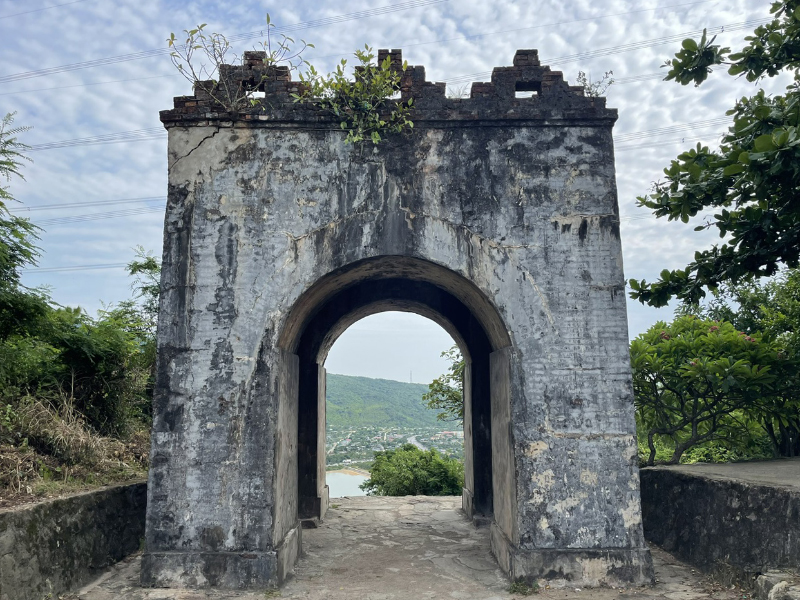 |
The Hoanh Son range runs from West to East, dividing the narrowest area of the country. About 20km to the South is the Linh Giang (Gianh River) which also runs from West to East. With the unique natural formation of the river and the mountain, this land has an extremely important position in terms of national defense. Also on the top of Hoanh Son is an architectural work associated with the turbulent years of history, which is Hoanh Son Quan.
After nearly 200 years of Trinh-Nguyen conflict, until King Gia Long ascended the throne in 1802, on Hoanh Son mountain, only temporary barracks were built for the mandarins and soldiers to guard. In October, year of Nham Ngo (1822), King Minh Mang discussed the construction of a solid defense structure. The book Dai Nam Thuc Luc Chinh Bien recorded: "The King once told his courtiers: "Around the year of Gia Long, the citadel was repaired, but at first it was temporary, without using bricks and stones. I think Quang Binh is near the capital to the south, and Hoanh Son is to the north, a very important place, the citadel cannot but be solid. So let's discuss it next year." He then ordered the mandarins to hire people to get rocks from the mountain, a pile of rocks (1 truong square, 2 thuoc 5 tac high) was given 15 quan of money" [6].
In the spring, March, Quy Ty, the 14th year of Minh Mang (1833), the Nguyen Dynasty officially established the Hoanh Son Pass. This was a milestone, marking the birth of Hoanh Son Quan. The book Dai Nam Thuc Luc recorded about this event: "Establishing the Hoanh Son Pass (Hoanh Son is connected to a high mountain above, and to the sea below, at the junction between the two provinces of Quang Binh and Ha Tinh. The pass is on the top of the mountain, surrounded by a wall of mountain stone, 11 truong 8 thuoc long, 5 thuoc high, with a gate in front, on the left and right sides there are walls, built according to the shape of the mountain; the left side is 36 truong long, the right side is 39 truong long; some places are 3, 4 thuoc high, some places are 5, 6 thuoc high. Inside, a 3-room barracks was built to serve as a place for the soldiers to guard. 300 soldiers from Quang Binh and Ha Tinh were used for the construction work) [7].
After that, he immediately ordered the Minister of Public Works, Doan Van Phu, to supervise. When Doan Van Phu left, the king said: “Now the North and the South are one, the four directions are safe, the Quang Binh and Vo Thang passes are dangerous places to rely on. This Hoanh Son pass was established only to interrogate traitors, it is also a defense post. You should carefully consider the situation, plan the work, the main thing is to save costs”[8]. In the section on Quan ai-ocean gate of Quang Binh province, the book Dai Nam nhat thong chi describes Hoanh Son pass: “Hoanh Son pass: In the north of Binh Chinh district. This pass is built of stone, 11 truong and 8 thuoc long, 10 thuoc high, in the middle is the pass, on both sides there is a wall 75 truong long, 4 thuoc high, on both sides there is a wall 12 truong and 2 thuoc long and behind”[9].
In the 16th year of Minh Mang (1835), the king cast the Nine Tripods (nine cauldrons), on which was engraved the Hoanh Son mountain. In February, the year of Nham Dan (1842), on the way to the North, King Thieu Tri passed through Hoanh Son Pass and composed the poem "Hoanh Son Quan". Later, the poem was engraved on a stone stele and erected on the side of the road. In the year of Ky Mui (1859), realizing that the weather and climate at Hoanh Son Pass were too harsh, King Tu Duc immediately ordered a reduction in the number of troops stationed there. The book Dai Nam Thuc Luc recorded, "The king thought that Hoanh Son Pass was not a vital place, but the air was very heavy, so the soldiers could not stay there for long. He ordered a withdrawal (previously sent 200 soldiers from Quang Binh and Nghe An) and only kept 40 people, chose the land to stay, and took turns to patrol and inspect" [10].
In the 27 clauses of the Quy Mui Treaty (1883), also known as the Harmand Treaty, signed by the Nguyen Dynasty with France, there is some information related to the place name of Ngang Pass. “Clause three: French troops were stationed at Ngang Pass mountain and in Thuan An. Clause six: From Khanh Hoa province to Ngang Pass, the ruling power belongs to the court. But the following clause states that the envoy in Hue has the right to freely enter and exit to meet the king. As for the land of Bac Ky from Ngang Pass outwards, France has appointed envoys in the provinces to control the work of Vietnamese officials”[11].
On Hoanh Son Quan, there is still a stone plaque from Thanh Hoa with three large Chinese characters "Hoanh Son Quan" which have been exposed to the elements for over 192 years and have become covered with moss. And it is also the place name Hoanh Son that has been an endless source of poetic inspiration for many literati and writers, the most famous of which is probably the poem "Qua Deo Ngang" by Ba Huyen Thanh Quan.
Nhat Linh
[2] Le Quy Don, Phu Bien Tap Luc , Da Nang Publishing House, Da Nang, 2015, p.78.
[3] National History Institute of Nguyen Dynasty, Imperial Compilation of Vietnamese History , Hanoi Publishing House, 2023, volume 6, p.240.
[4] National History Institute of Nguyen Dynasty, Dai Nam Nhat Thong Chi , Labor Publishing House, 2012, volume 1, p.501.
[5] National History Institute of Nguyen Dynasty, Dong Khanh Geography , The Gioi Publishing House, Hanoi, 2003, p.1354.
[6] National History Institute of Nguyen Dynasty, Dai Nam Thuc Luc, Hanoi Publishing House, Hanoi, 2022, volume 2, p.239.
[7] National History Institute of Nguyen Dynasty, Dai Nam Thuc Luc, op. cit., volume 3, p.500.
[8] National History Institute of Nguyen Dynasty, Dai Nam Thuc Luc, op. cit., volume 3, p.500.
[9] National History Institute of Nguyen Dynasty, Dai Nam Nhat Thong Chi, op. cit., volume 1, p.525.
[10] National History Institute of Nguyen Dynasty, Dai Nam Thuc Luc, op. cit., volume 7, p.618.
[11] Tran Trong Kim, Brief History of Vietnam , Literature Publishing House, Hanoi, 2021, p.591.
Source: https://www.baoquangbinh.vn/van-hoa/202501/dia-danh-hoanh-son-qua-cac-giai-doan-lich-su-2223639/







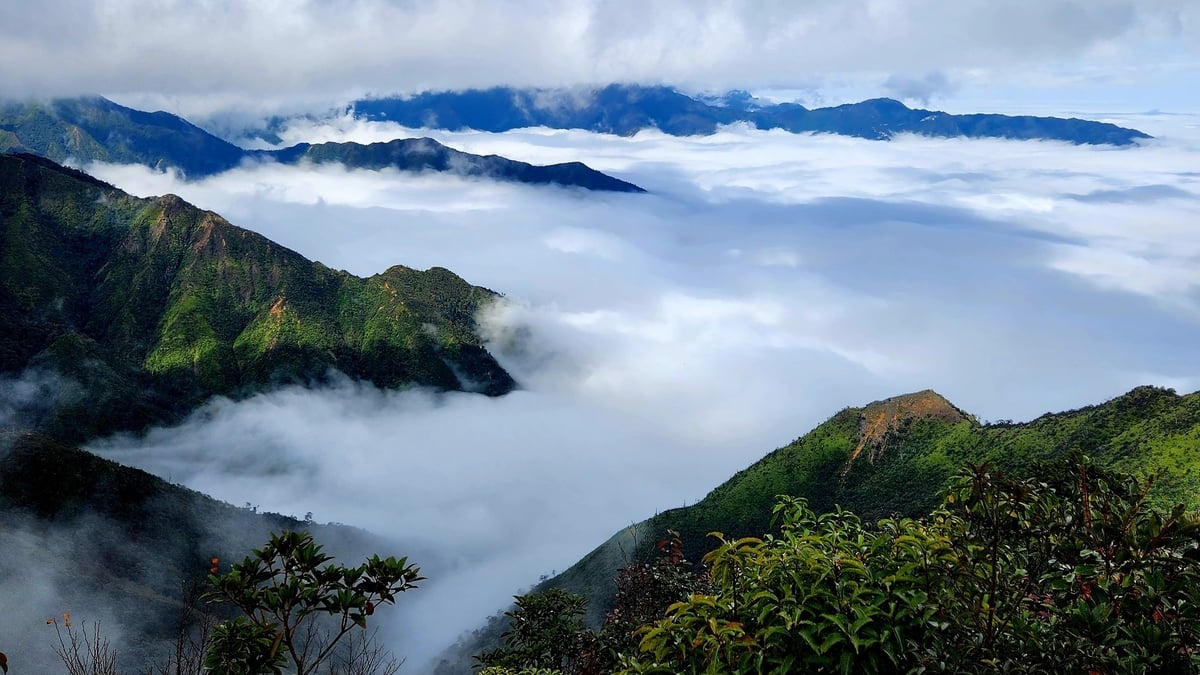















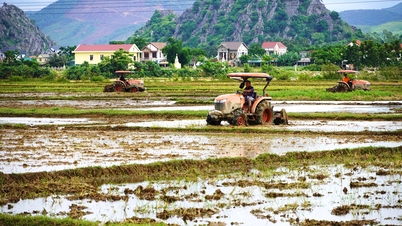
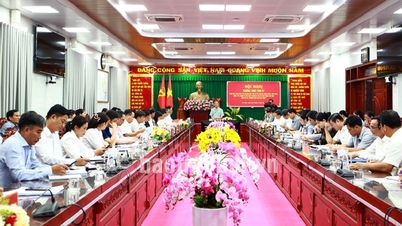





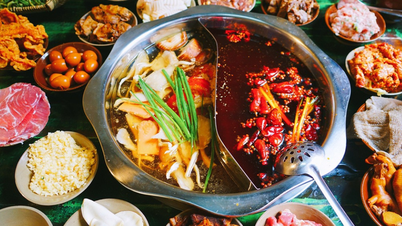
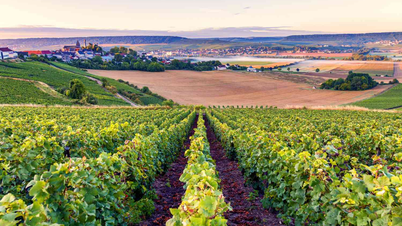
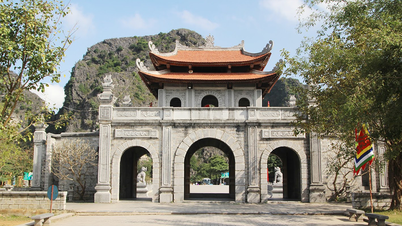
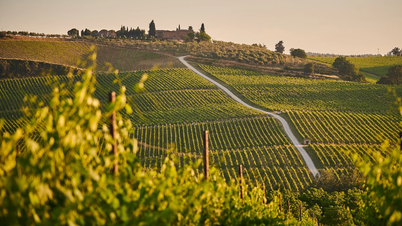








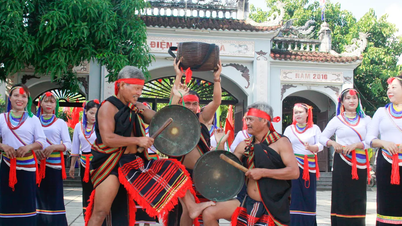

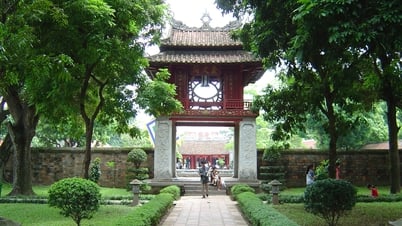

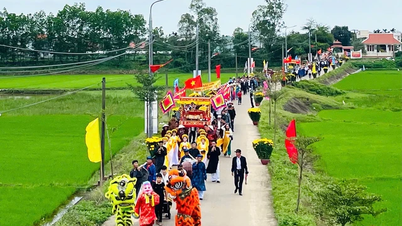
















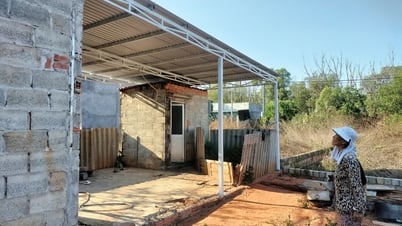









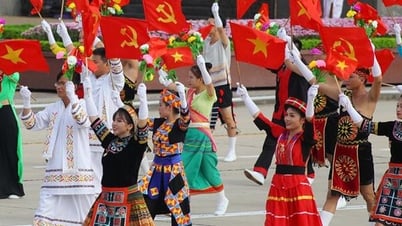




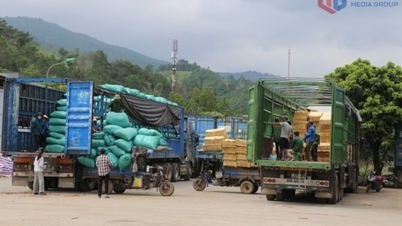

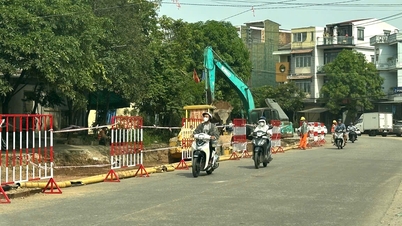




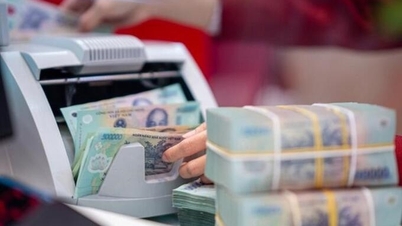










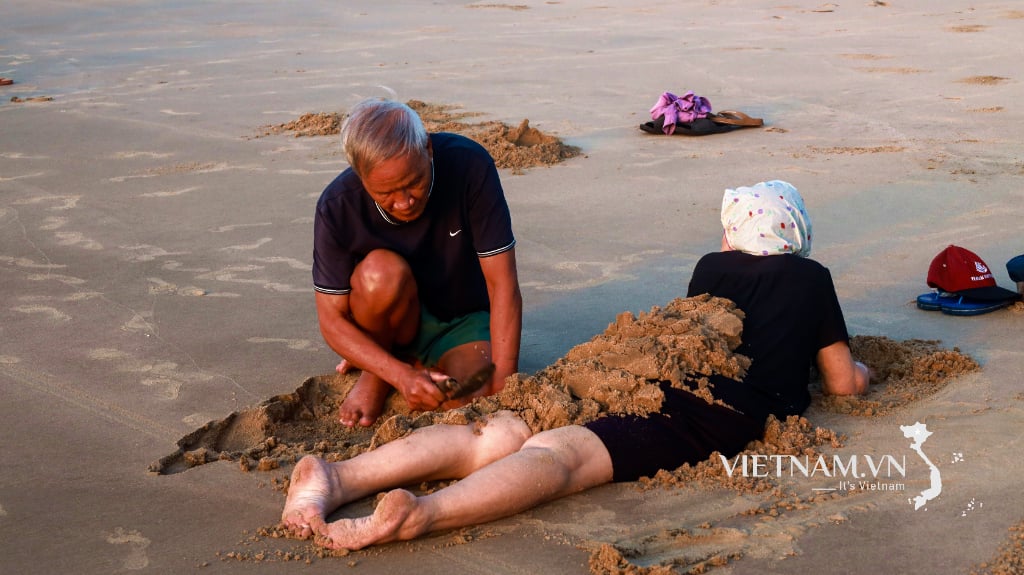
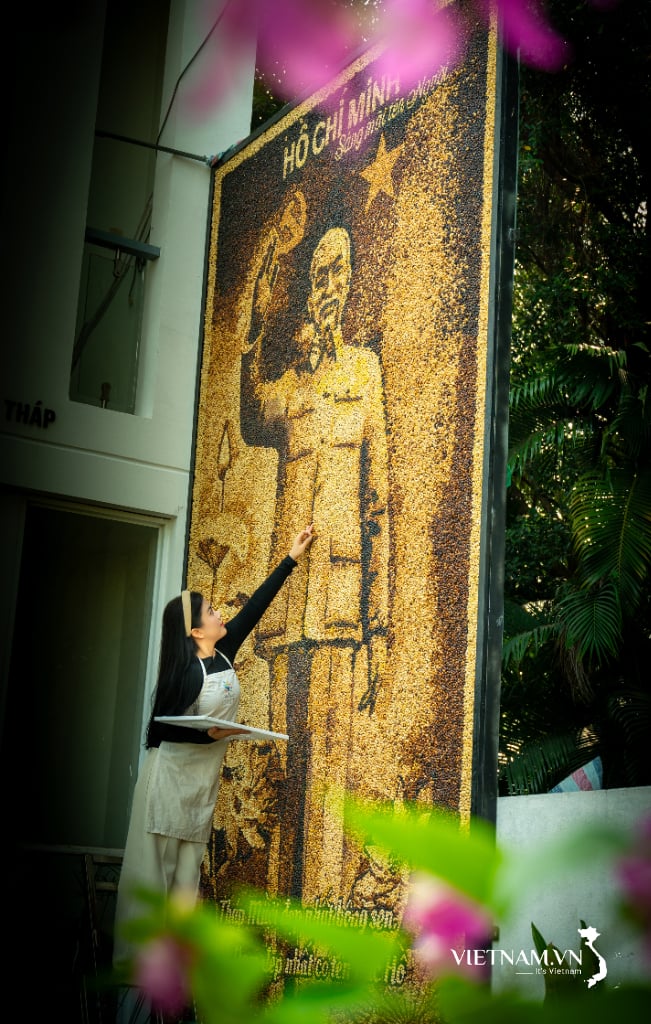
Comment (0)